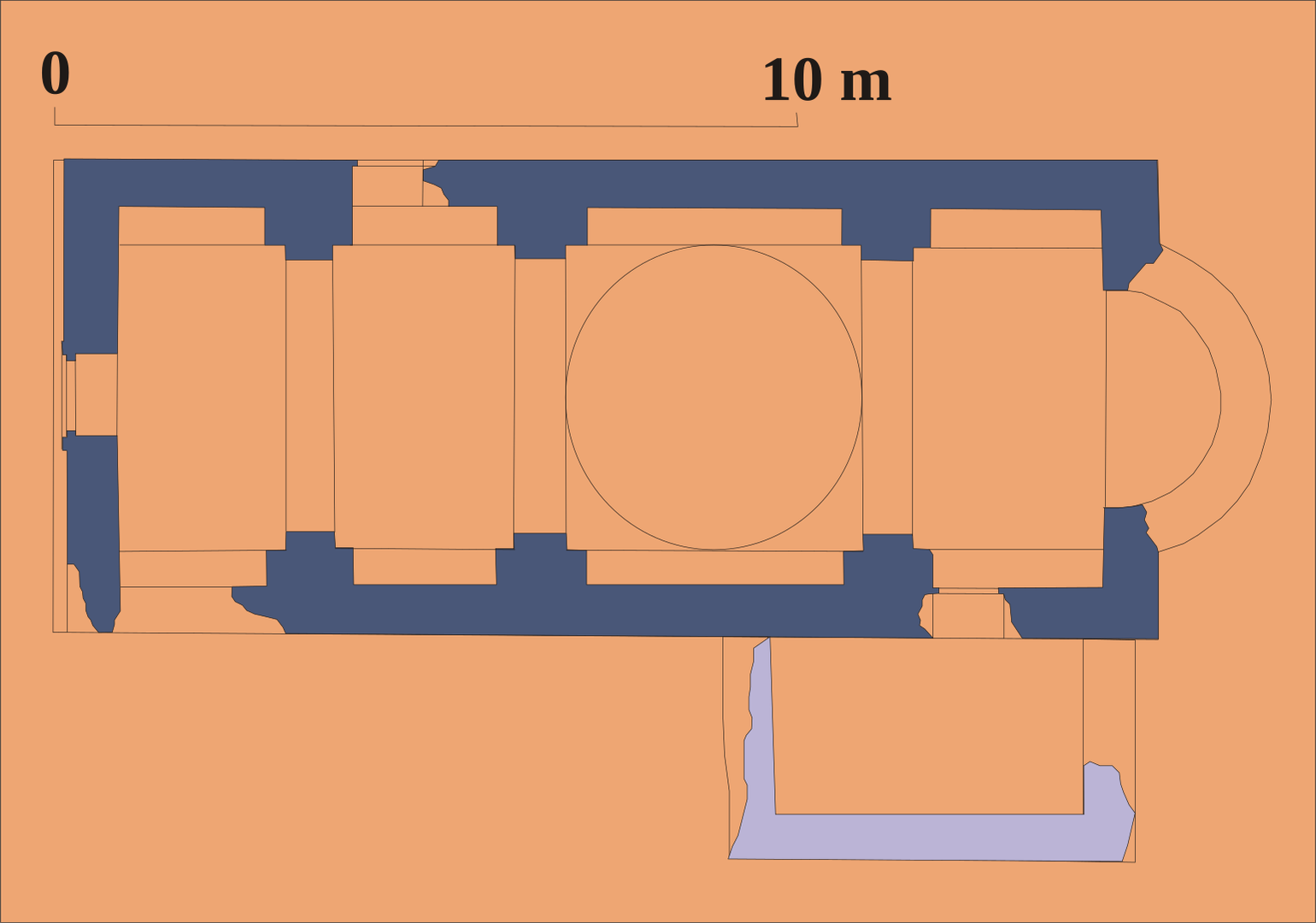Ratačka Monastery of Saint Mary
6.7

Overview
Ratac (Ratačka opatija) is a historic monastic and architectural complex located on the coast of the peninsula between Bar and Sutomore in modern-day Montenegro. It was under the jurisdiction of the Archdiocese of Bar, although relations between the abbots of Ratac and the archbishops of Bar were not always harmonious. Likely established before 1247, the monastery was known for its charitable work, including operating a hospital for the poor where, in the 15th century, people with leprosy were treated. In 1306, the Serbian King Stefan Uroš II Milutin granted succession rights to the abbot of Ratac, who was his son. Construction of a new church within the monastic complex began in 1347.
Ratac was the site of significant political events, such as negotiations between the Venetians and Balša III in 1407, and the signing of the Treaty of Vučitrn in 1426, which formally placed Ratac under the control of the Serbian Despotate. In 1443, it returned to Venetian rule until its destruction by the Ottomans in 1571. In the 15th century, the abbot was Georgius Pelino, a prominent figure of the time who took control of the monastery by removing his co-abbot.
Following the decline of the Benedictine monastery of Ratac in the 16th century, Orthodoxy began to dominate the region, leading to the repurposing of Catholic churches by Orthodox clergy and believers. Ratac remains an important part of Montenegro’s cultural and architectural heritage, its history reflecting the complex political and religious dynamics of the medieval period.
Location
Country
2025 Wizytor | All Rights Reserved